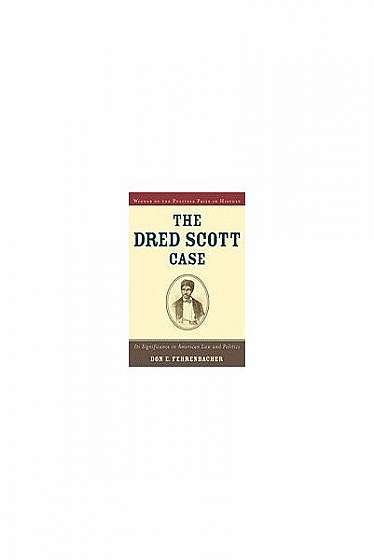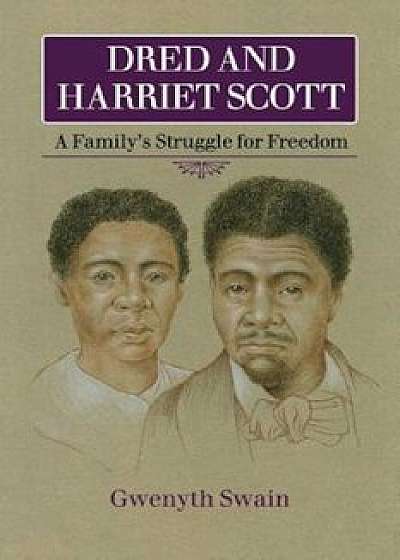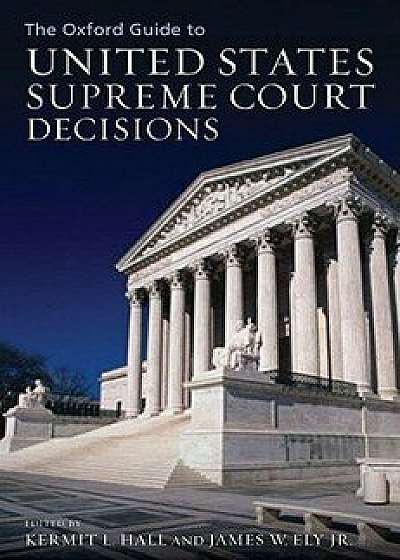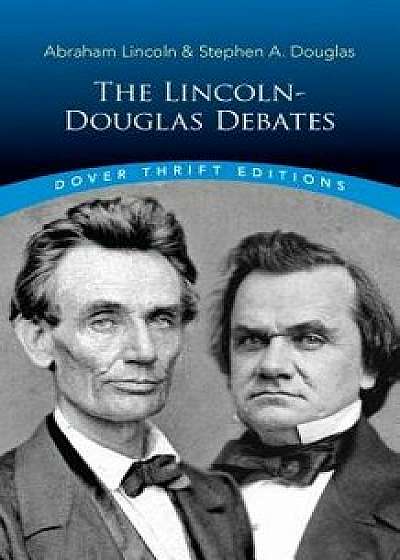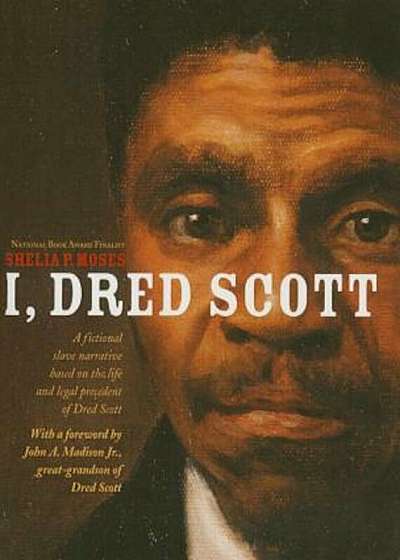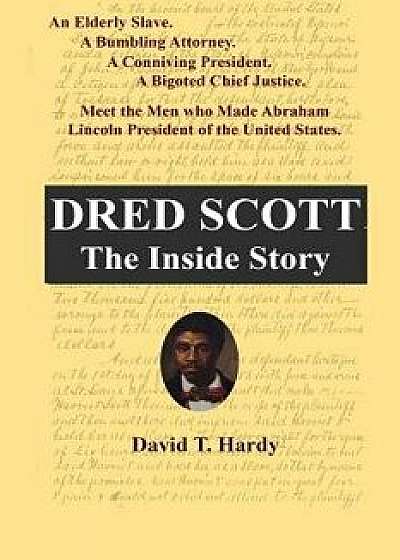
Dred Scott: The Inside Story, Paperback/David T. Hardy
Descriere
Description Imagine a reality in which people can own other people (buying them with or without a warranty), or a person can buy himself, and become free. A reality in which slaves can sue their masters, and have a jury decide whether they are really free. Into this not-alternate reality came a remarkable cast of Americans: Dred and Harriet Scott - the slaves whose suit for freedom sparked a battle in the Supreme Court and in the White House. John F. A. Sanford - the mountain man turned New York millionaire, who agreed to pose as the Scott's owner so the suit could be filed. Rep. Calvin Chaffee - the prominent Massachusetts abolitionist, who was shocked to discover that he and his wife owned slaves, indeed the most famous slaves in the United States. Roger Taney - Chief Justice of the Supreme Court, who tried to preserve the Union by protecting slavery, and instead brought on the Civil War and slavery's abolition. James Buchanan - the President-elect who secretly connived with the Court's pro-slavery Justices, seeking a ruling that would let slavery spread throughout the territories. Abraham Lincoln - the failed frontier politician who awoke one morning to realize that Taney and Buchanan had given him the roadmap to the White House. David T. Hardy, attorney and N. Y. Times best-selling author, explores the side of Dred Scott not explored in the history books, a side that involved mistakes, trickery, and skulduggery at the highest levels. Dred Scott's attorneys sued a man who had no claim at all to being Scott's slaveowner, and he went along with it to hide the identity of the person whom they should have sued. Scott's attorneys were tricked into filing suit by a former Attorney General, who now represented the slavery cause. President Buchanan entered into secret correspondence with two pro-slavery Justices, who told him of the Court's deliberations and the vote count, and advised him on how to describe the case in his Inaugural Address. The President, in turn, lobbied one
